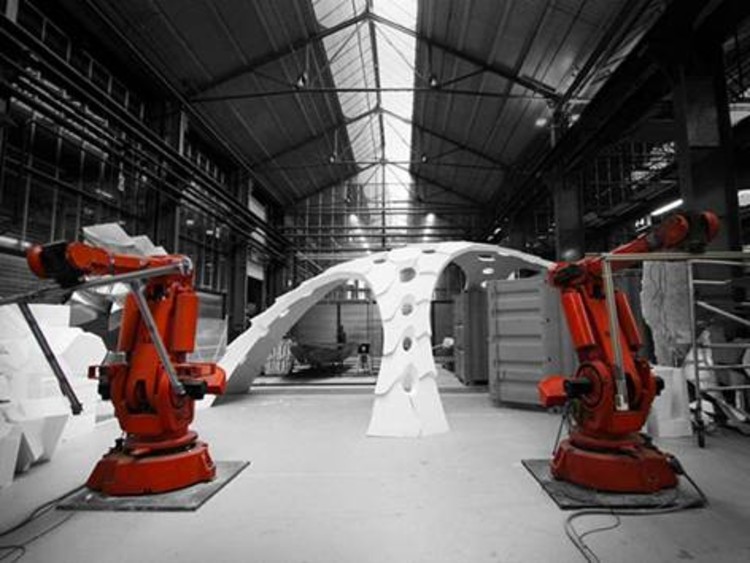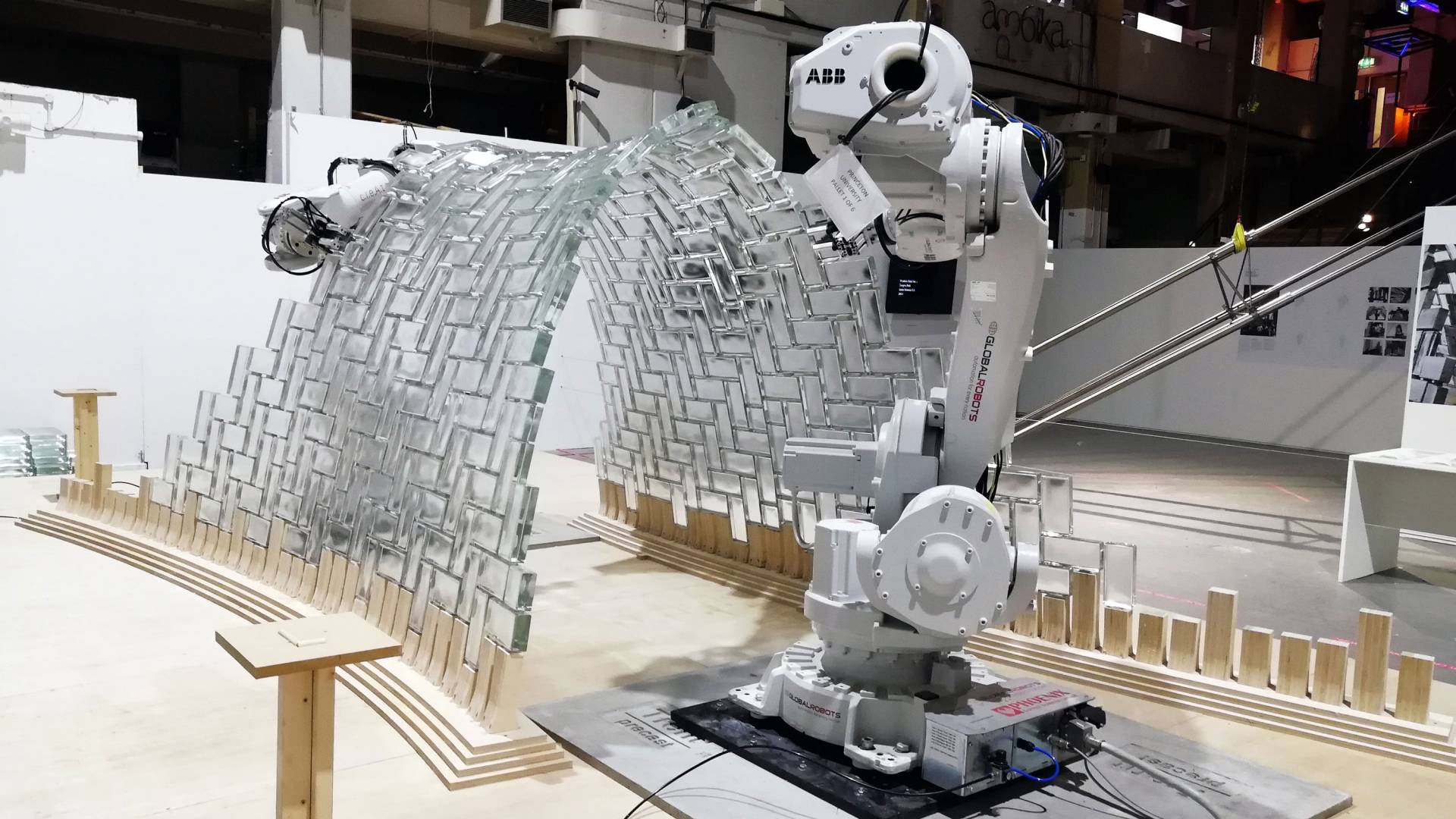The industrial revolution was focused around methods of production, and transformed ‘blue-collar’ jobs. The information revolution was about how organizations communicate, organize, and conduct business, and it changed ‘white-collar’ work. Now the automation revolution is touching everything. Artificial intelligence and machine learning—along with rapidly advancing robotic vision, control, and actuation technologies—are out of the lab and are entering practical applications.

Robot programming used to be the domain of industrial manufacturing specialists, but now low-cost general-purpose robot platforms with friendly names like Baxter, Sawyer, Franka and Eva are changing that. Given interfaces which make it possible for non-programmers to get things done, robots are quickly becoming everybody’s business. Improvements in interface, design, and workflows have made industrial robotics accessible to far more uses than ever before.
Marketing and advertising agencies now leverage custom robotics technologies to drive autonomous GPS snow-blowers to write messages that cover mountainsides, or create experiential campaigns to encourage people to quit smoking, one 11-minute reminder at a time.
Companies like Bot & Dolly (acquired by Google in 2013) are pioneering precise projection-mapping and robotics integrations that yield surreal and magical in-camera effects for film and live performance.
Then when it comes to new ways of making things, there are companies and research groups using standard six-axis industrial robots equipped with advanced 3d-printing capabilities to explore new means to produce architectural form and structure.
But what about product design and development? Since industrial designers are responsible for all the cars which get robotically welded and the plastic parts which are being robotically de-molded, sorted, palletized, and so on, you could say that their work has been touched earliest by the automation revolution compared to the other design disciplines.
For example, 3d printing was developed as a rapid-prototyping process for designing and engineering products. One could also consider how CNC machining as an automation age technology is coming into its own; a production-proven manufacturing technology which also lends itself to rapid design iteration. These two foundational technologies have facilitated exploration of form and function to progress far more quickly and precisely than traditional hand-modeling methods would allow. While many industrial designers might have already been designing with automated production methods in mind, there are important developments currently unfolding for design professionals in their own practice.

Integrating robotics into the design process will be an ongoing part of the road to mass-customization; the next step from mass-manufacturing. General-purpose robotics also unlock new possibilities that were cost-prohibitive or impossible before.
In support of this growing trend of robotics as part of the design process, there are organizations like the Association for Robots In Architecture which are putting on conferences and publishing papers about the current state of the art. There’s a lot of work being done in universities and corporate research labs around the world exploring new methods of processing materials, fabricating components, and assembling structures with industrial robots.
The use of robotic fabrication in architecture, art, and design, closely links the industry with cutting-edge research institutions. For years, robots have been employed by industrial manufacturers, but not until recently, have they been considered seriously by architects. In the age of digitalization, virtualization, and computerization, the relationship between architects and robots seems to be growing.
In architecture it is difficult to define what a robot is. The word is inclined to refer to anything from robotic arms to CNC milling machines to 3D printers. Basically, robots are programmable automated mechanisms that help out in the process of digital fabrication. In reality, a robot is a more proficient process that could reduce the time and cost of construction.

It’s the task of design practitioners to engage the question of ‘what to make—what is worth making?’ while also thinking about how to make things for the future in a sustainable, responsible manner. Without a doubt, the design disciplines are being touched by the automation revolution right now, and robotic tools will most certainly be a part of their toolkit for their work in the 21st century.